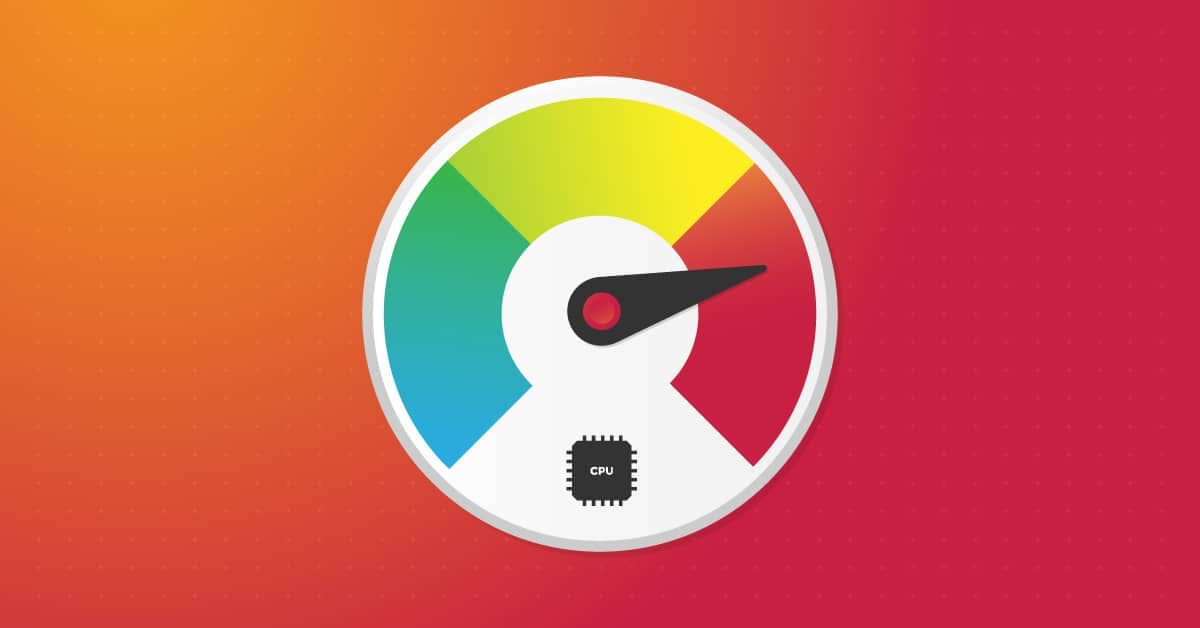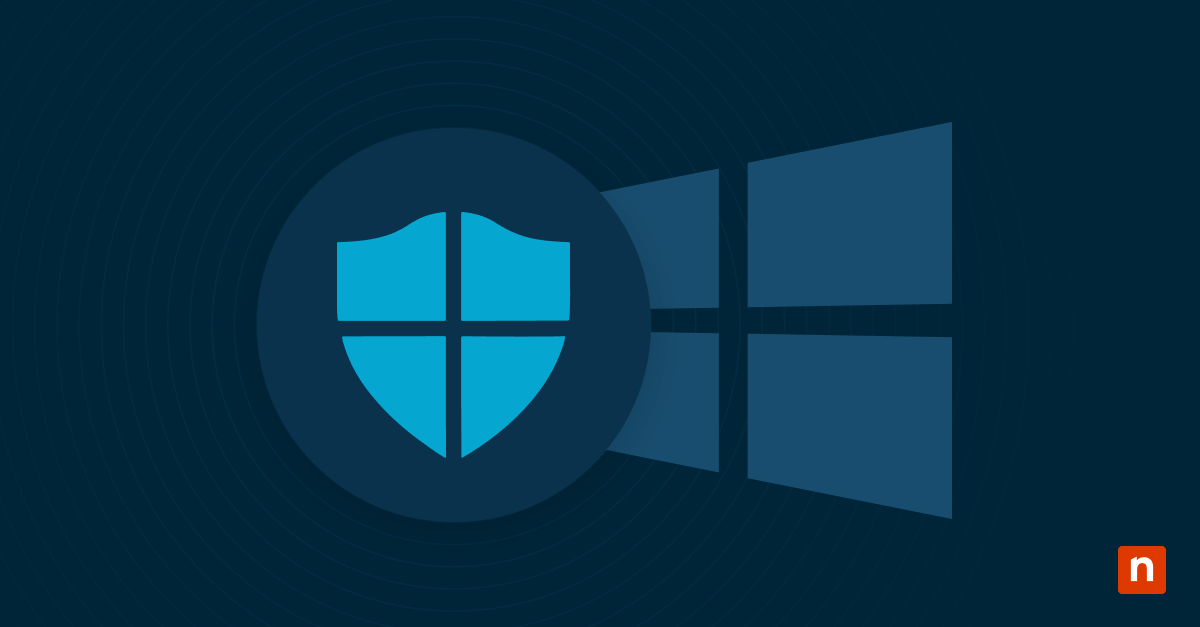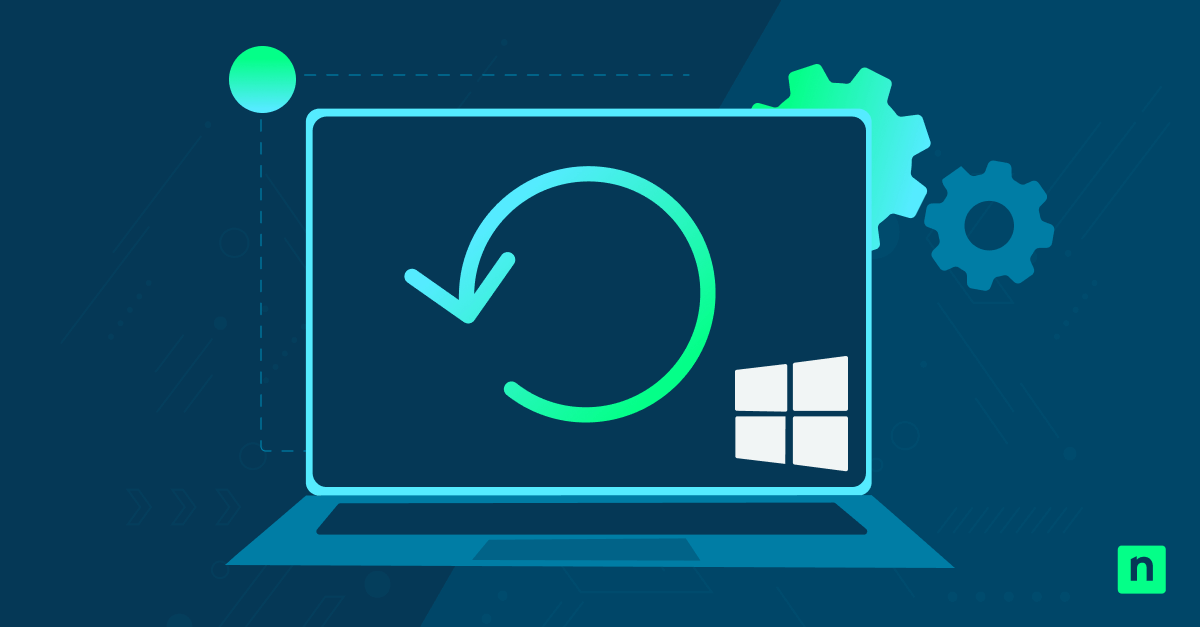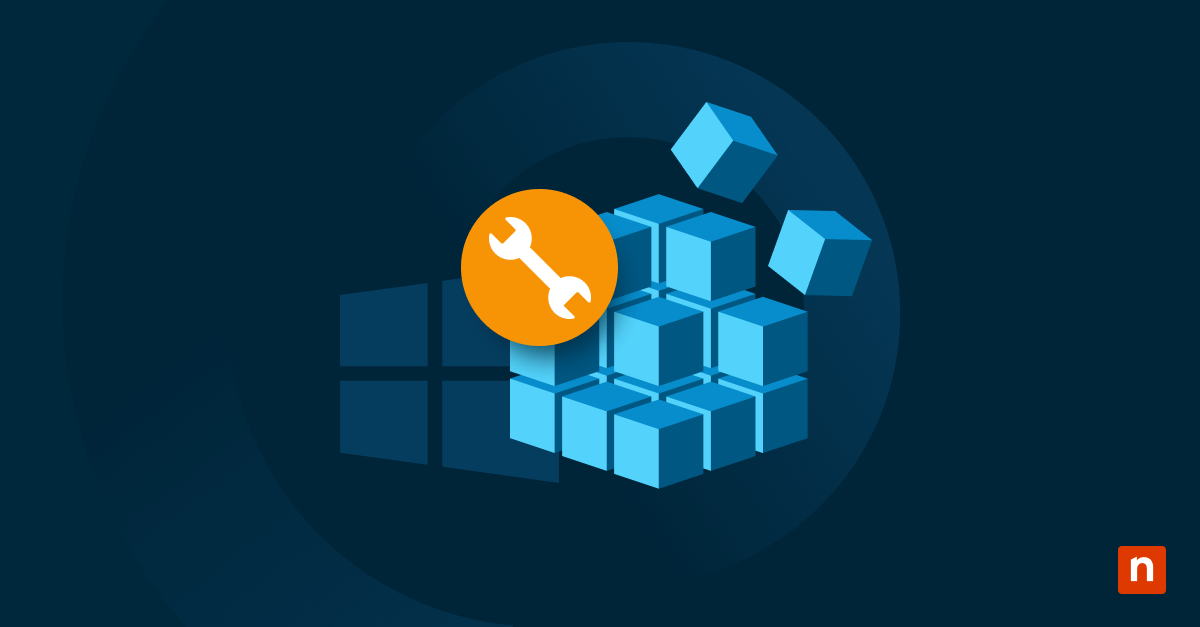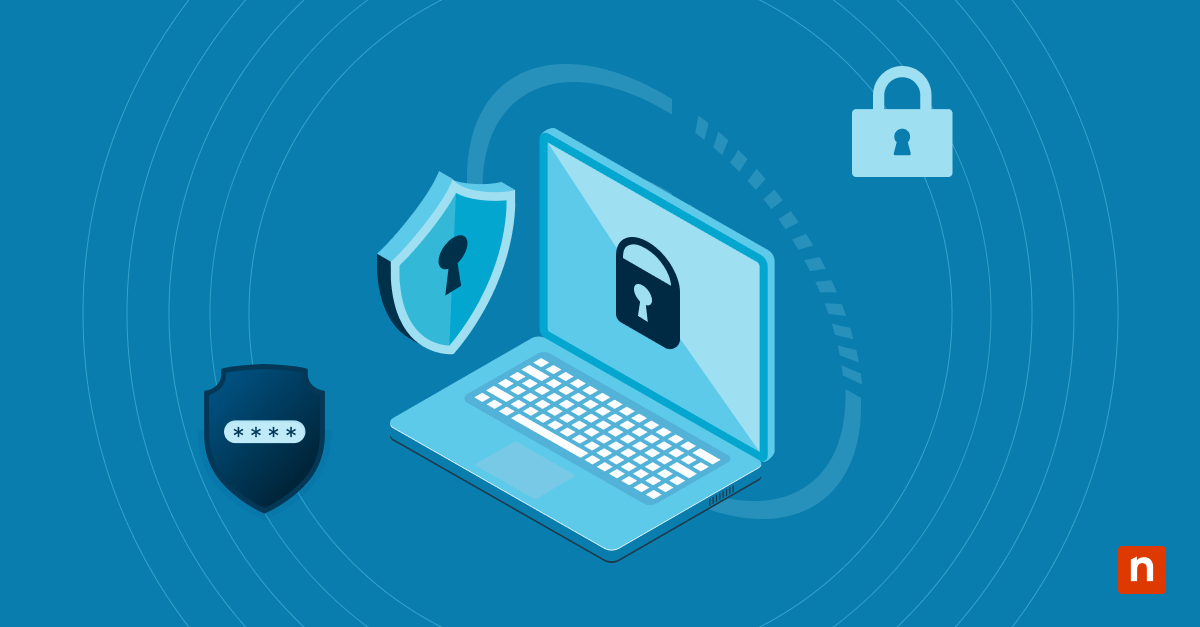The motherboard (aka mainboard) is the most fundamental component of any computer system, sometimes referred to as a computer’s backbone. It is a central part of your computational substrate, connecting and facilitating communication between all major hardware components, including the CPU, RAM, storage drives, and peripherals. The performance and capabilities of your system are, to a significant extent, determined by the motherboard’s architecture.
Knowing your motherboard type can be vital in many common scenarios, like when troubleshooting or planning upgrades. Understanding this information is critical for anyone considering hardware upgrades, troubleshooting technical issues, or ensuring compatibility with components like CPUs, RAM, and graphics cards.
This guide provides a detailed guide to determining your motherboard type and model on a Windows system, ensuring that readers from IT professionals to casual PC users can easily find their motherboard information.
Gain visibility and control of your Windows hardware.
4 Ways to Identify the Motherboard Model and Type
There are several reliable methods to find your motherboard details using the Windows operating system, ranging from built-in utilities to third-party software and even direct physical inspection for those comfortable working with hardware.
1. Using the System Information tool
One of the simplest ways to retrieve motherboard information is through Windows’ System Information tool. This tool is readily accessible and doesn’t require any additional installations. To use it:
- Press the Windows key and type “System Information” into the search bar.
- Click on the application to open it.
- In the System Summary section, locate the fields labeled “BaseBoard Manufacturer” and “BaseBoard Product.”
These fields will show the manufacturer and model of your motherboard, respectively. This method is quick and convenient, though it may occasionally fail to display complete information, depending on your system’s configuration.
2. Using Command Prompt or PowerShell
For users who prefer a command-line approach, both Command Prompt and PowerShell can be used to retrieve motherboard information. This method is especially useful if the System Information tool doesn’t provide the necessary details. Here’s how to do it:
- Open either Command Prompt or PowerShell by searching for them in the Start menu.
- In the window that appears, type: wmic baseboard get product,Manufacturer,version
- Press Enter.
This command will display the manufacturer, product name, and version of your motherboard. It’s a reliable alternative to the System Information tool and requires no additional software.
🥷 Interested in learning more about using PowerShell? Take our free 30-minute PowerShell crash course.
3. Using third-party software
Several third-party applications are available that provide more detailed information about your system’s hardware. CPU-Z and Speccy are two of the most popular tools for this purpose, offering comprehensive details on not just your motherboard, but also your CPU, RAM, and other components.
Pros of using third-party software:
- Intuitive, user-friendly interfaces.
- Provides in-depth hardware details, beyond what Windows’ native tools offer.
- Regularly updated to support the latest hardware.
Cons of using third-party software:
- Requires installation.
- Some tools may include ads or limit features in free versions.
If you’re looking for a deeper understanding of your entire system, these tools can be invaluable. However, for simply identifying your motherboard, the built-in methods may suffice.
4. Physical inspection
If software-based methods aren’t working or you prefer a more hands-on approach, physically inspecting your motherboard is always an option. Begin by turning off your computer and disconnecting all power sources. Once the case is open, you’ll typically find the manufacturer’s name and model number printed directly on the motherboard, often near the CPU socket or RAM slots.
This method guarantees accuracy, but it requires comfort working inside a computer case and could void the warranty on pre-built systems. For most users, this step should be a last resort, especially when software solutions are available.
Tips on safely opening up & working inside your computer case
Before opening your computer case, it’s essential to follow safety precautions to protect both yourself and your hardware. Improper handling can lead to static discharge, component damage, or personal injury. Here’s how to safely work inside your computer:
- Turn off and unplug your computer: Ensure the computer is fully powered down and disconnected from any electrical outlets to avoid electric shock or accidental short-circuiting. If in doubt whether the system has achieved full electrical/static discharge, complete Step 2 below first, then remove the BIOS backup battery and bridge the battery slot contacts with a flathead screwdriver.
- Ground yourself: Static electricity can damage sensitive internal components. Use an anti-static wrist strap or touch a grounded metal object (like the computer case itself) before handling any hardware. Avoid working on carpets or wearing clothes that can generate static.
- Work in a clean, well-lit environment: Clear a stable, non-conductive surface (such as a wooden table) for working on your computer. Good lighting will help you identify components more easily and avoid mishandling.
- Use the correct tools: You’ll typically need a Phillips screwdriver to remove screws from the case. Be sure to use the correct size to prevent stripping the screws, and keep a small container nearby to store them safely while working. Many computer case-friendly screwdrivers/bits are slightly magnetized, which assists in improved handling and lower screw loss.
- Be mindful of sharp edges and fragile parts: Some computer cases have sharp metal edges that can cause cuts. Move carefully and take your time. Also, be gentle when handling components – especially around the motherboard’s circuit traces and sockets.
- Handle components by their edges: Always hold internal components, such as the motherboard or RAM, by their edges to avoid touching delicate circuitry or connectors. Oils (and skin biochemicals like uric acid) from your hands can damage these sensitive areas.
By following this advice, you can minimize the risk of injury or hardware damage when opening and working inside your computer case.
Troubleshooting tips
Sometimes, retrieving motherboard information isn’t as straightforward as it should be. Certain tools might not display complete data, or they may not work with older or proprietary hardware. If the System Information tool fails to show the motherboard details, try using Command Prompt or PowerShell, which often bypasses these limitations.
Another common issue occurs when third-party software doesn’t detect the motherboard, often due to outdated software or unsupported components. Make sure you’re using the latest version of the software, and if the problem persists, try a different tool. If none of these methods work, physical inspection remains the most reliable backup.
Why you need to know your motherboard model and type
One of the most important reasons for knowing your motherboard type is to guarantee hardware compatibility. Every motherboard supports a specific range of processors, memory types, and graphics cards, and installing incompatible components can result in system failure or suboptimal performance. For example, if you’re upgrading your CPU, you’ll need to verify that the new processor is compatible with your motherboard’s socket and chipset. Failing to do so could mean wasted time and money, not to mention potential damage to your system.
In addition to ensuring compatibility, knowing your motherboard type is important for performing BIOS updates and installing drivers. Manufacturers release BIOS updates to improve system stability, fix bugs, or add support for new hardware. Downloading the wrong update, however, can lead to serious problems, so it’s crucial to know the exact model and version of your motherboard before proceeding with these updates. Many (especially gaming-focused) motherboards also have support for specialist features like overclocking, which ideally requires working knowledge of your specific hardware to do it safely.
Furthermore, many technical support representatives will ask for your motherboard details when diagnosing issues or suggesting fixes, making this information invaluable during troubleshooting.
Implications of knowing your motherboard type
Having accurate information about your motherboard is essential when upgrading or replacing components. Without it, you risk buying incompatible hardware, leading to wasted time, money, and frustration. For example, upgrading to a new CPU might require a motherboard that supports a specific socket type or chipset, while adding more RAM could depend on the motherboard’s maximum memory capacity and supported speed.
Additionally, knowing your motherboard type improves troubleshooting efforts. If you’re experiencing hardware issues or planning to install new drivers, having the correct motherboard details at your fingertips will simplify these processes. Whether you’re fixing an issue yourself or consulting with technical support, motherboard knowledge ensures faster, more accurate resolutions.
Discover why 82% of customers replace 3-4 tools when they monitor and manage Windows devices with NinjaOne.
Accurately determine your motherboard model
Whether you’re a DIY PC builder or simply someone seeking better system performance, understanding the role and specifications of your motherboard is crucial for a range of tasks, from hardware upgrades to solving technical problems. By following the methods outlined in this guide, whether using Windows’ built-in tools, command-line methods, third-party software, or physical inspection, you can quickly and accurately determine your motherboard model. Armed with this knowledge, you’ll be better equipped to make informed decisions about upgrading your system, troubleshooting issues, and ensuring long-term compatibility between your components.


